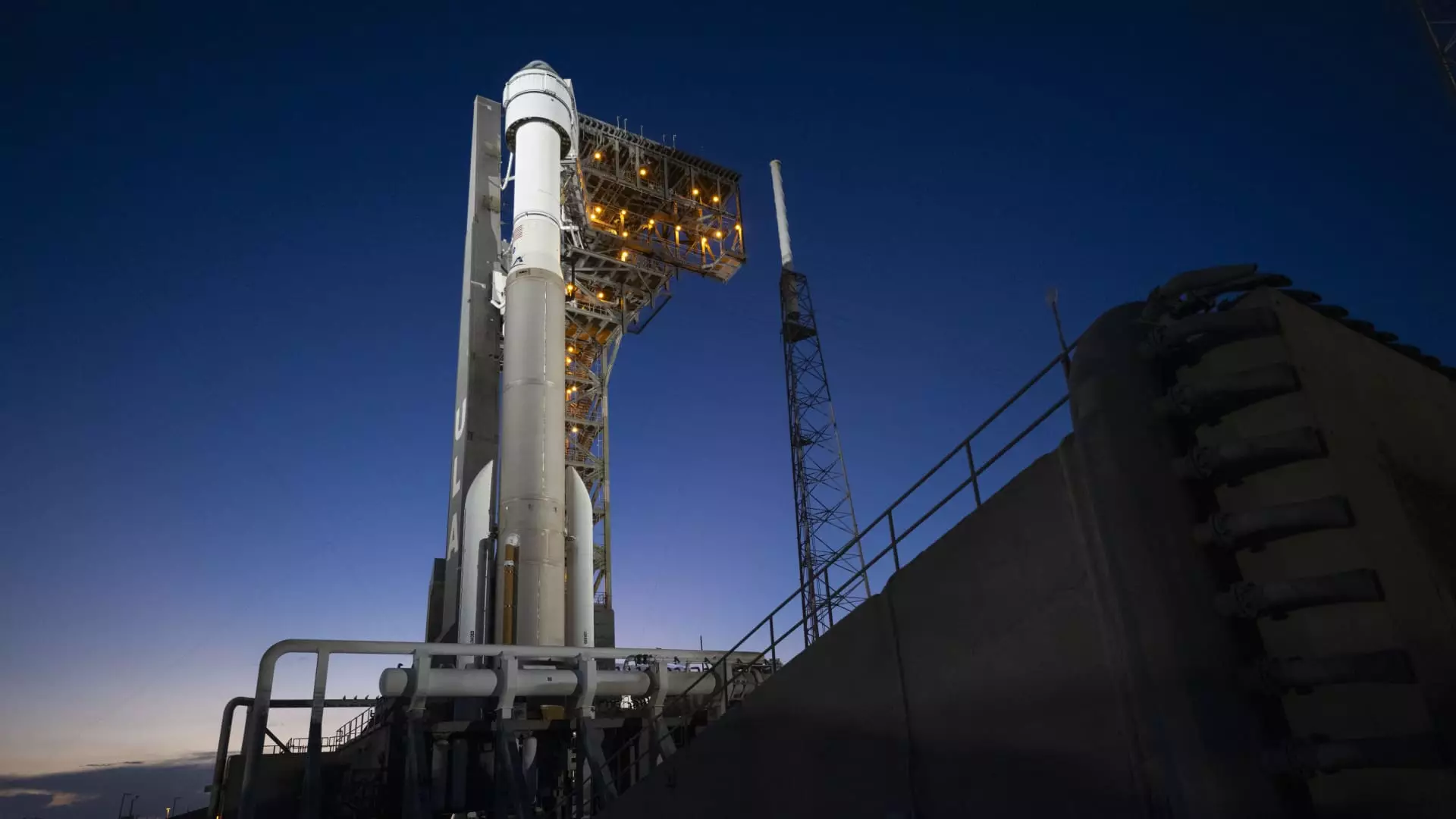Boeing and NASA are persisting with the preparations for the launch of Boeing’s Starliner capsule, which is slated to transport U.S. astronauts for the very first time. Despite encountering a ‘stable’ leak in the propulsion system of the spacecraft, both organizations are confident about moving forward with the mission.
During a recent press conference, Mark Nappi, the Boeing vice president overseeing the Commercial Crew program, reassured the public by stating that they have identified the causes of the leak and are equipped to handle it effectively. Nappi emphasized that the leak does not pose a safety risk for the flight, instilling confidence in the success of the upcoming launch of the Starliner capsule.
Boeing is now eyeing June 1 as the target date for the first crewed launch of the spacecraft, with additional opportunities on June 2, June 5, and June 6 in case of any unforeseen issues. The mission, called the Starliner Crew Flight Test, marks a crucial milestone in the development of the capsule by ferrying NASA astronauts to and from the International Space Station before commencing regular missions. The delay in Starliner’s crew debut has allowed SpaceX’s Dragon capsule to take the lead in transporting astronauts for NASA under the Commercial Crew program since 2020.
Boeing has encountered significant setbacks in the Starliner project, resulting in a financial burden of $1.5 billion and absorbing nearly $5 billion in NASA development funds. A recent attempt to launch the Starliner was called off on May 6 due to an issue with the Atlas V rocket, which is essential for lifting the spacecraft into orbit. The rocket, operated by United Launch Alliance (ULA), a collaboration between Boeing and Lockheed Martin, faced challenges with a problematic valve that required replacement.
Subsequent to the rocket issue, a minor helium leak was detected in the Starliner, triggering a fresh round of assessments regarding the safety and readiness of the capsule for the mission. NASA’s Associate Administrator Ken Bowersox elaborated on the complexity of the helium leak problem, emphasizing the need for thorough teamwork to address the issue effectively. After thorough analysis, it was determined that the source of the leak is a seal within the spacecraft’s helium propulsion system.
Despite the challenges posed by the leak, NASA and Boeing are confident in their ability to manage the situation. Steve Stich, NASA’s Commercial Crew Program manager, pointed out that the leak rate has remained stable during testing post the postponement on May 6. Stich highlighted the plan to keep a close eye on the leak leading up to the launch and reassess the situation once the spacecraft docks with the International Space Station. He drew parallels to previous missions by mentioning instances where vehicles with similar leaks have been successfully flown in space.
As a part of the ongoing efforts to address the helium leak, NASA, Boeing, and ULA have scheduled a review meeting on May 29. The plan is to roll out the rocket and the Starliner capsule to the launch pad on May 30 in readiness for the attempt on June 1. The collaborative approach between the agencies highlights their commitment to overcoming challenges and ensuring the success of the mission.
The journey of Boeing’s Starliner capsule is a testament to the perseverance and dedication of the teams involved in the project. Despite setbacks and obstacles, the resolve to push forward, adapt, and innovate showcases the spirit of exploration and advancement in the realm of space travel. The upcoming mission holds the promise of a bright future for crewed spaceflight and heralds a new chapter in human exploration beyond Earth’s boundaries.

